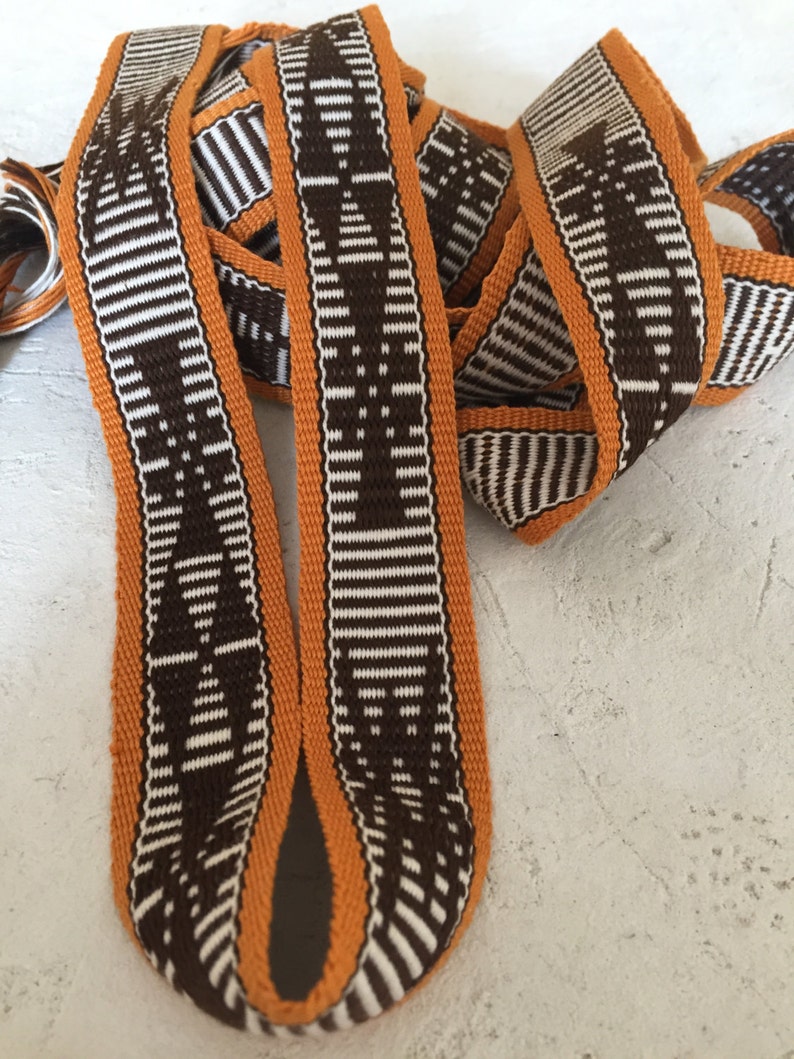

Furthermore, middle-high molecular weight polysiloxane features low toxicity and does not bio-accumulate once it enters the environment according to existing studies. reported a one-pot coating solution consisting of SU-8 (a negative photoresist), fluoroalkyl silane and silica nanoparticles to tune WCA of cotton from 4) and therefore is favorable for textile application. A water contact angle (WCA) higher than 150° and hysteresis lower than 15° were achieved. investigated a single-side super-hydrophobic finishing on cotton by blade-coater with fluoropolymer foam. This function can be achieved by applying low surface energy compounds and introducing surface roughness via dip-coating, padding, knife coating or spray coating, etc. Water repellency, or sometimes extended to super-hydrophobicity, is an important function on technical textile to obtain self-cleaning and stain-repellent properties, especially for sports- and work wear. Moreover, inkjet printing could be beneficial to maintain the original characteristics of the carrying porous material, e.g., the softness in hand feeling and breathability of textile due to deposition of materials in pL range. The efficient material usage, high precision and flexible production with high productivity made inkjet printing a potential method for resource efficient, high-end smart textile manufacturing. Nanoparticles of SiO 2, TiO 2, ZnO, and Ag, functional materials such as polysiloxane, polysilane and poly(3,4-ethylenedioxythiophene):poly(styrene sulfonate) (PEDOT:PSS) are commonly involved. Furthermore, nanomaterials and/or functional materials that are compatible with the ink formulation can boost the performance of functional fluids with properties such as super-hydrophobicity/self-cleaning, anti-bacterial and electrical conductivity. The selective deposition of functional fluids and the digitalized process made inkjet printing a very versatile and flexible fabrication technology driven by the application demands. For example, inkjet printing was applied to manufacture conductive electrodes, solar cell components, and to deposit precursor particles. Selective and mask-free deposition of functional materials is particularly important since the price of functional material is often high and the positioning of the material is critical in the field of microelectronics.

Inkjet printing targeting various functional applications has been investigated intensively on non-absorbent substrates, such as glass, silicon wafer and polymer film. Gradual development of the inkjet printing technology has now come to a stage where it is accurate and fast enough to compete as an alternative method for rapid printing, overall coating and periodic micro-patterning. Inkjet printing is applied in various applications such as micro-manufacturing, photovoltaics, electrochemical sensors and ceramic tile. In the past decades, inkjet printing was recognized as an emerging production technology because of its manufacturing capabilities. Inkjet printing shows large potential in high-end applications such as customized functionalization of textiles in the domain of smart textiles. The functionalized textile preserves its key textile feature such as softness and breathability. The differences in construction of the textile as well as ink–filament interaction attribute to the different transportation behaviors of the ink on the textile, reflected in the durability of the functional layer on the textile.

The WCA of functional surfaces is between 130° and 140° after 10 wash cycles, and is ca. Moreover, the functional surface shows resistance to wash and abrasion. The water contact angle (WCA) of the functional surfaces is increased from < 90° to ca. The physicochemical properties of the ink such as surface tension, rheological properties and particle size are characterized, and thereafter inkjet printed as solid square pattern (10 × 10 cm) on polyester and polyamide 66 fabrics. In this research, waterborne, fluorocarbon-free ink containing polysiloxane in the form of micro-emulsion is formulated for the application of water-repellent sports- and work wear. Digital inkjet printing is a production technology with high potential in resource efficient processes, which features both flexibility and productivity.


 0 kommentar(er)
0 kommentar(er)
